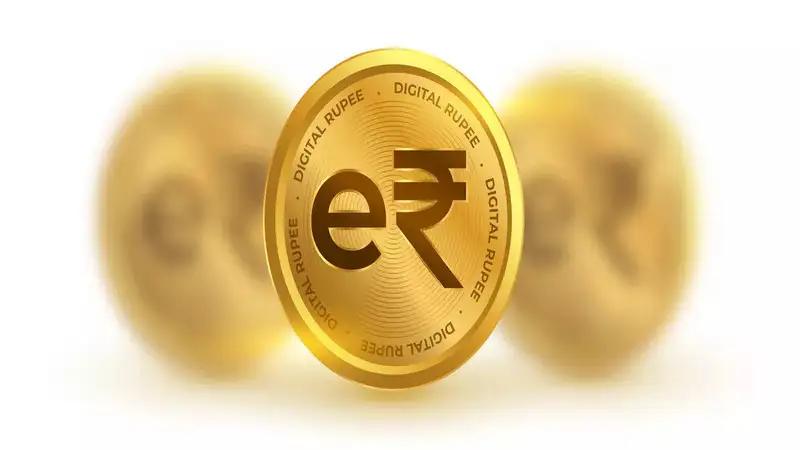 Image Source/ Economic Times
Image Source/ Economic Times
India’s financial landscape is evolving rapidly with the introduction of the e-Rupee, the Reserve Bank of India’s (RBI) official Central Bank Digital Currency (CBDC). Launched in December 2022 as a pilot, the e-Rupee has grown exponentially, reaching over 60 lakh users and 17 major banks by March 2025, with circulation topping ₹1,000 crore.
Key Highlights:
• What is e-Rupee?
e-Rupee is a sovereign digital currency, equivalent to physical cash but in a tokenized digital format. It is issued by the RBI and distributed via banks and non-bank entities.
• How to Use:
Users can download the e-Rupee wallet app from the App Store or Play Store, register with a participating bank, and start transacting. Payments can be made to merchants or individuals by scanning QR codes (including UPI QR codes) or using mobile numbers.
• No Bank Account Needed:
Unlike UPI or online banking, e-Rupee does not require a bank account. It is stored in a digital wallet and can be used for person-to-person or person-to-merchant transactions.
• Features and Limits:
e-Rupee is available in standard denominations (₹10, ₹100, ₹500, etc.). Wallets can hold up to ₹1 lakh at any time, with transaction limits for new users.
• Privacy and Anonymity:
Offers a reasonable degree of privacy in peer-to-peer payments, similar to physical cash.
• Programmability and Offline Use:
The RBI is piloting offline transactions and programmable use cases, such as direct benefit transfers and employee allowances.
Outlook:
With its rapid adoption and expanding features, the e-Rupee is set to transform India’s digital payments ecosystem, offering convenience, security, and new possibilities for financial inclusion and innovation.
Sources: RBI, Economic Times, Axis Bank
Advertisement
Advertisement




